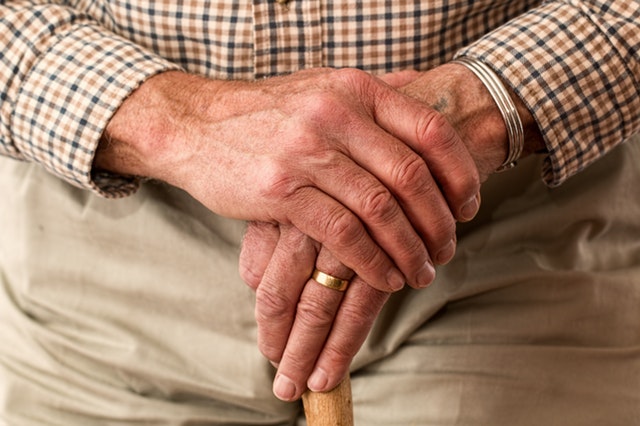Ensuring the optimum health of the patients inside the home for the aged was always the number one priority of its staff and medical health workers. On top of implementing the intervention corresponding to each patient, depending on their cases, the fundamentals focus on keeping them safe.
Research continuously propagate when improvement is desired most especially in institutions like these. In the homes for the aged, autonomy, mobility and independence are encouraged but are closely monitored by the health care team.
How can safety be maintained despite that much freedom you want to give? Is it possible? How can it be done?
OTHER BENEFITS:
Tracking technologies may come in different forms. An iWatch can be an accessory where movement can be detected and located through GPRS. Other wearable tracking devices may be placed around the anklet too. In this case, you may add the following benefits besides aiming to be safe in taking care of the aged:
- Increased independence – Personal alarm systems for seniors gives them the freedom to the roam around with minimal assistance around the nursing home. Health caregivers can just check now and then if they are within the vicinity. And if they go beyond the allowed perimeter, it should trigger the alarm system back at the nursing station.
- Keeping health caregivers from being burnout – Somehow, with these tracking technologies and devices, the staff don’t need to keep an eye on their patients 24/7. Because of the personal alarm system or CCTV monitors that they are provided with in connection with the monitoring devices. They can enjoy a decent break time, take care of others that are in more critical condition and they can juggle work time more efficiently.
- Accuracy – Somehow, when the ratio of caregiver vs. patient is getting challenged, there’s a tendency for errors to occur. Technologies that detect dropping blood pressure, increasing temperature, abnormally high pulse, and respiratory rate could trigger the alarm and alert caregiver. This way, sleepiness, tiredness and overlooked rounds will be waved as a potential hazard.

HAZARDS:
While there are benefits and everything seem to look fine from that perspective alone, there are issues concerning its implementation:
- BIOETHICS – While it takes care of the patient’s human rights and aims to protect a patient of whatever non-benevolent procedure that may take place, the idea that tracking technologies are like being in a house arrest is already kind of an ethical issue.
Instead of being accepted as ambulatory monitoring and perceived as assistive technology, it’s almost associated with being in prison or being tagged as a property.
- INVASION OF PRIVACY – Resident freedom is one of the supposed benefits that come with these tracking technologies. But in the end, the patients feel a little bit invaded of their privacy because it tracks, records and documents where they go. Because of it, alarms were also triggered falsely. This sets the caregivers into panic most of the time.
And as soon as the patients know it does that, they think of something that could spare them of the embarrassment by removing the tracking device themselves. This defies the purpose of having one since it hinders performing accurately.
- WEAR AND TEAR – Bed sensors, vital signs apparatus, and tracking devices may somehow meet unfortunate malfunctions as some elders might feel imposed on constraint and may lead to tweaking these tracking devices. Meaning, they might damage these modern technologies because of psychosis, overwhelming curiosity or resentment for being watched.
Even if they are not affected by any form of psychiatric ailment, old people’s anxiety levels are higher. Hence, they are more prone to paranoia which somehow takes place naturally as part of aging up. This slows down their ability to trust and heightens up their hostility towards others.
- COSTS– This kind of service doesn’t come for free. Of course, it’s still new so it would cost a lot. Its limited reinforcement and potential outcome bring the costs up.
This kind of service is available only to those who could afford it is an ethical issue alone. Although some costs are not proven effective in dealing with specific ailments, it still comes down to the fact that they are only assistive devices and not even a source of the cure.
With dementia patients, in which tracking devices were introduced, it doesn’t get accounted for its cost-effectiveness. Since it is to encourage mobility and not to cure why they tend to get lost, it can be removed from the care plan.
There are further studies conducted for these gadgets to gain proposals from manufacturers. There are only a few that see the benefits beyond the hazards. Further development is still needed though the ones that detect falls, seizures, and outrageous vital sign values are the ones that this modern times cannot afford to lose.




